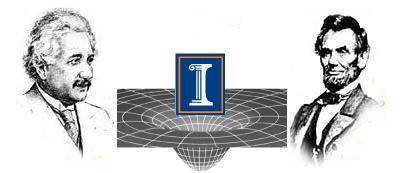Accretion Disks Around Binary Black Holes of Unequal Mass: GRMHD Simulations Near Decoupling

- Roman Gold
- Vasileios Paschalidis
- Zachariah B. Etienne
- Stuart L. Shapiro
- Harald P. Pfeiffer
Abstract
We report on simulations in general relativity of magnetized disks onto black hole binaries. We vary the binary mass ratio from 1:1 to 1:10 and evolve the systems when they orbit near the binary-disk decoupling radius. We compare (surface) density profiles, accretion rates (relative to a single, non-spinning black hole), variability, effective α-stress levels and luminosities as functions of the mass ratio. We treat the disks in two limiting regimes: rapid radiative cooling and no radiative cooling. The magnetic field lines clearly reveal jets emerging from both black hole horizons and merging into one common jet at large distances. The magnetic fields give rise to much stronger shock heating than the pure hydrodynamic flows, completely alter the disk structure, and boost accretion rates and luminosities. Accretion streams near the horizons are among the densest structures; in fact, the 1:10 no-cooling evolution results in a refilling of the cavity. The typical effective temperature in the bulk of the disk is $\sim 10^5 (M/10^8 M_\odot)^{-1/4} (L/L_{\rm edd})^{1/4} {\rm K}$ yielding characteristic thermal frequencies $\sim 10^{15} (M/10^8 M_\odot)^{-1/4} (L/L_{\rm edd})^{1/4}(1+z)^{-1}{\rm Hz} $ These systems are thus promising targets for many extragalactic optical surveys, such as LSST, WFIRST, and PanSTARRS.
